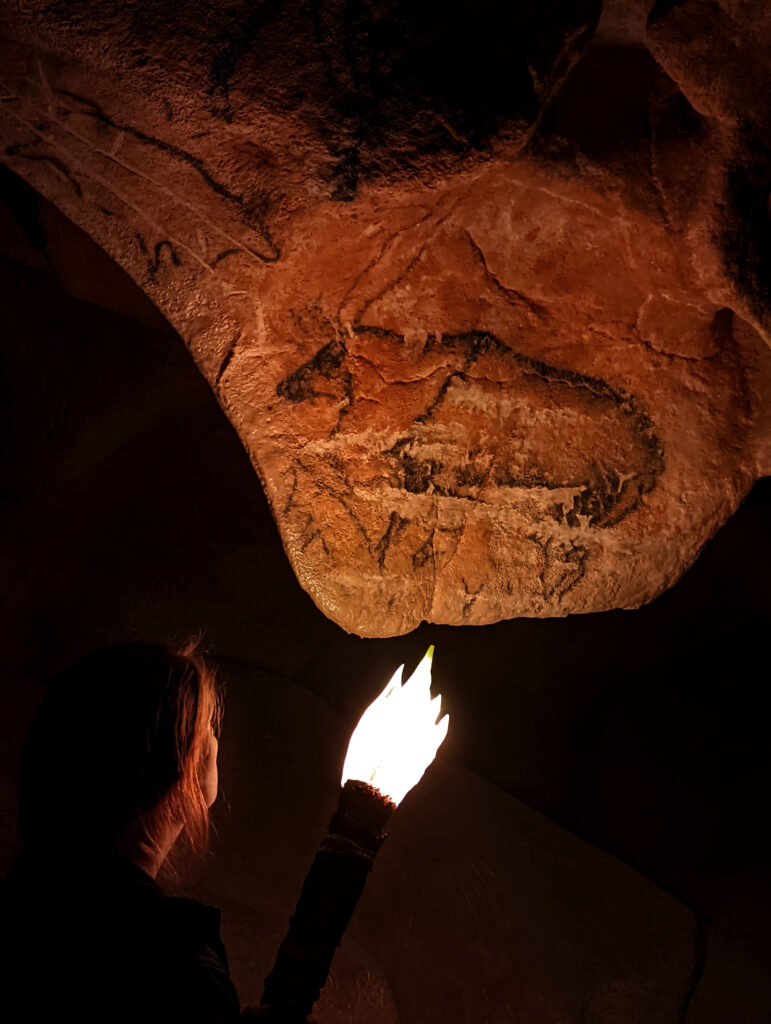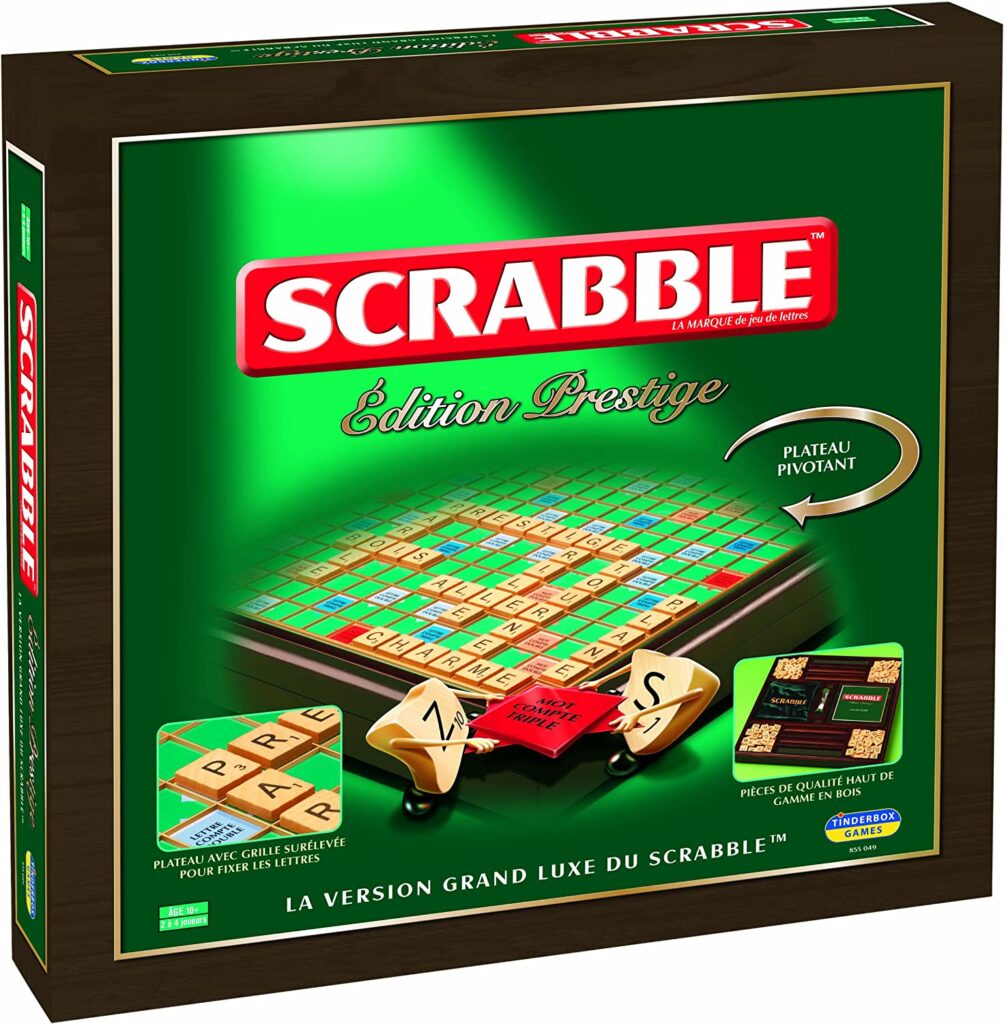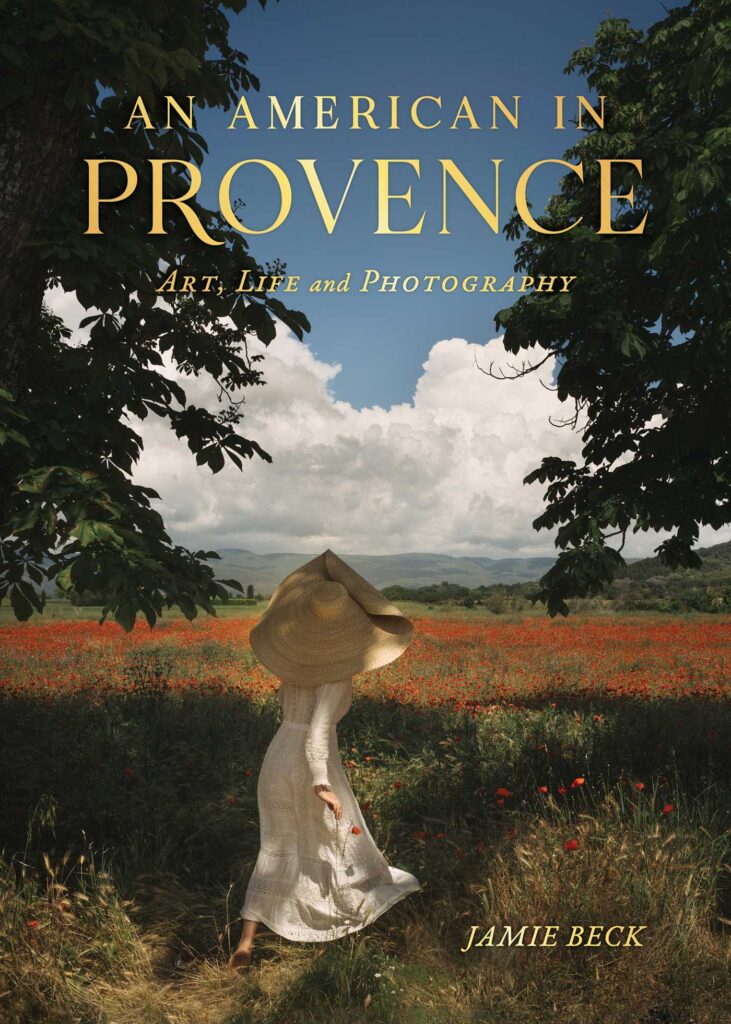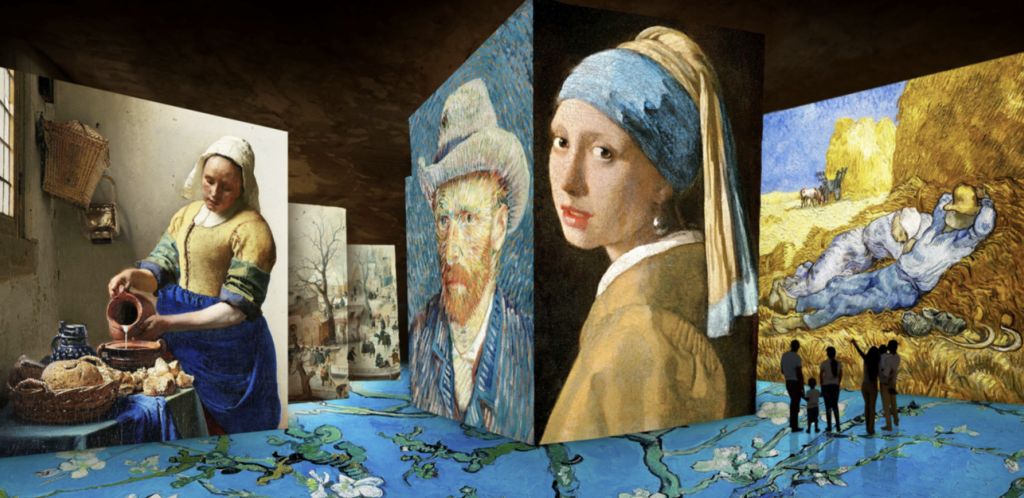
One of the highlights of any trip to Provence is visiting the fabulous Carrières des Lumières. This former stone quarry now hosts an immersive sound and light show…inside a mountain! It is so popular that other sites have been created in many countries, and recently the Immersive Van Gogh program was shown around the world.
But the best place to see it is still where it started, in that enormous cavern. This year’s program is all about the Dutch Masters, from Vermeer to Van Gogh. It’s fitting that the program finishes with ol’ Vincent, as many of his greatest works were painted in nearby St-Rémy and Arles.
Read all about it in Perfectly Provence!

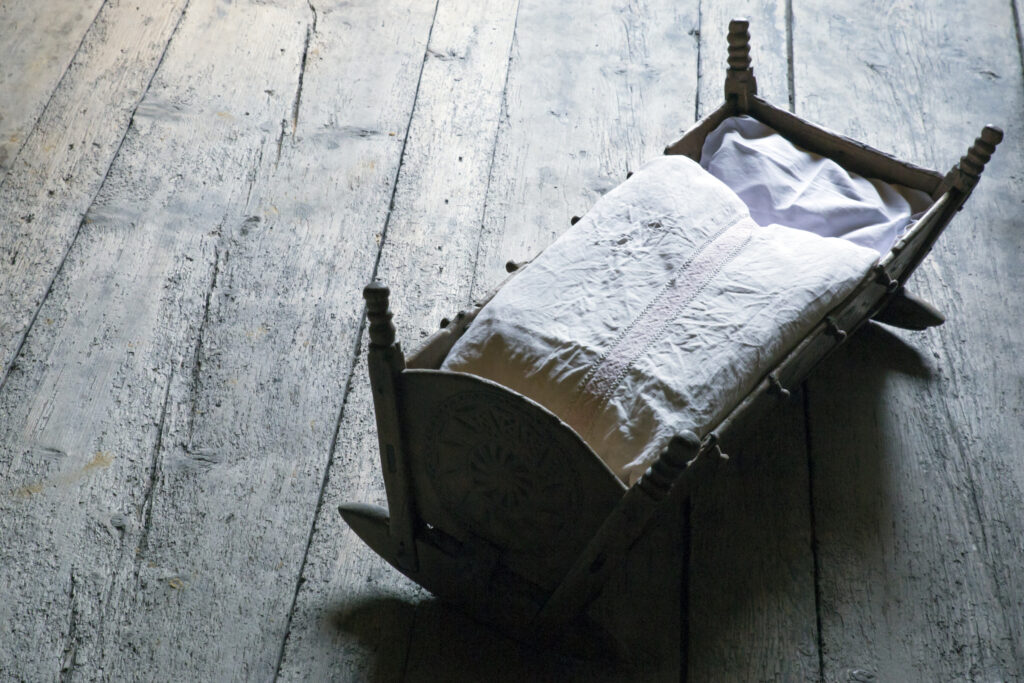 A few months ago, headlines ricocheted across France: “30% of French Women Don’t Want Children” and “Nearly One Woman in Three Doesn’t Want Kids.” They were the result of a survey for Elle Magazine by France’s leading pollster.
A few months ago, headlines ricocheted across France: “30% of French Women Don’t Want Children” and “Nearly One Woman in Three Doesn’t Want Kids.” They were the result of a survey for Elle Magazine by France’s leading pollster.
